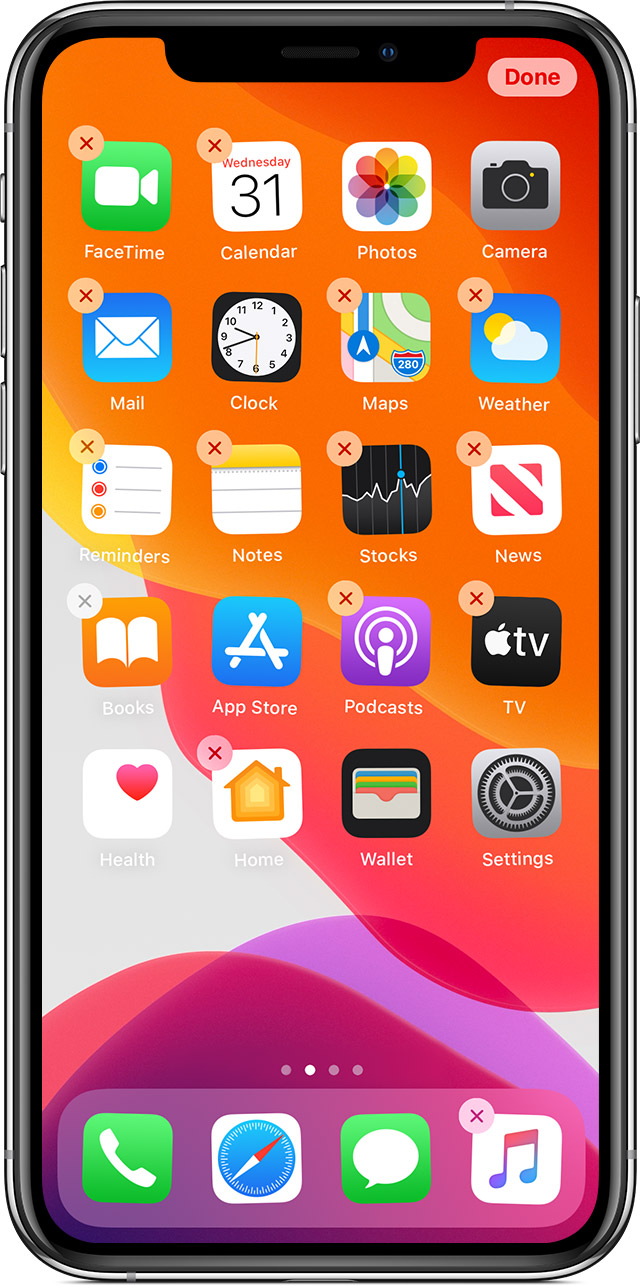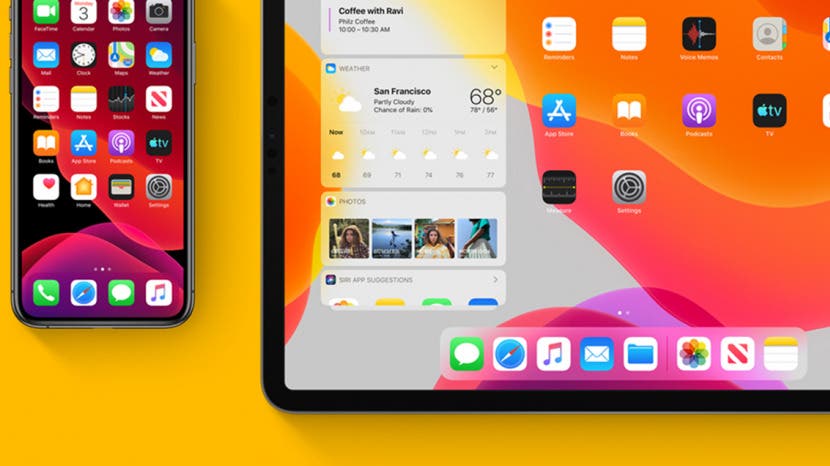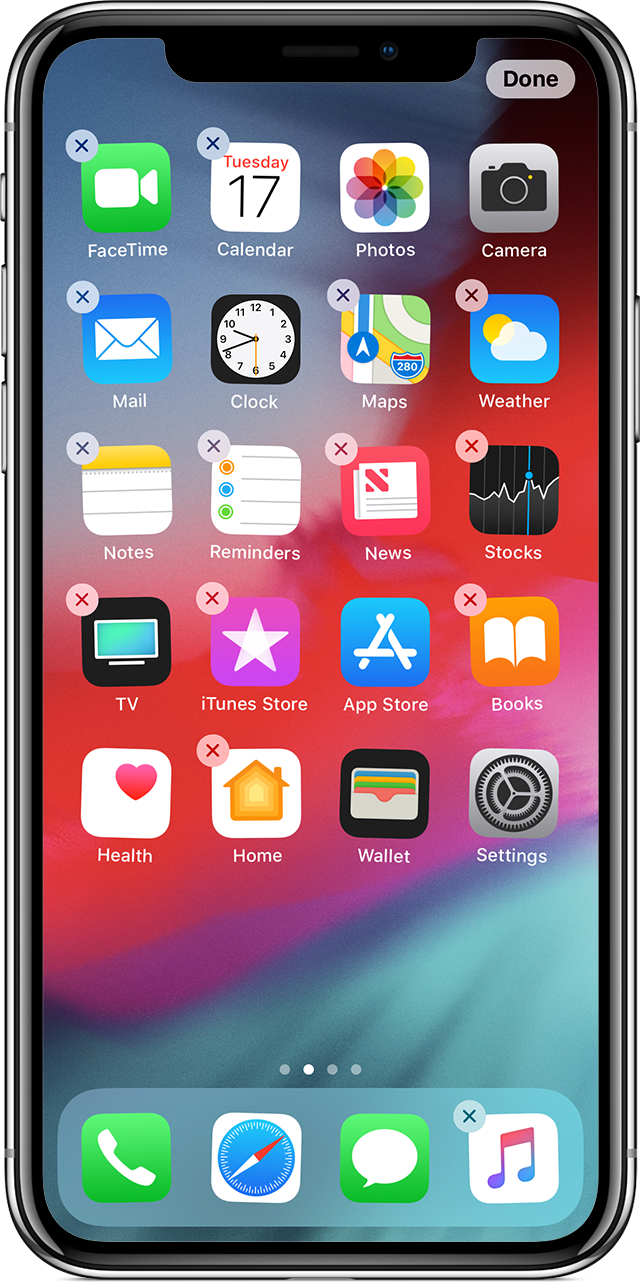

In this layout only one screen has a bottom as the external monitor is an extension to the Macbook Screen, thus stopping the Dock from moving. Personally I found two options that helped me with this:Īt work I have my external monitor on a stand that sits behind my MacBook and arrange the screens so that the external monitor is just higher than my Macbook Screen then in the settings move the screen layout so they sit on top of each other. Sometimes you have to move it up then back down to get it to move. The easiest way to get it back is to move the mouse to the bottom of the screen you want the dock on.

I also found this ' feature' annoying as you expect the Dock to be on one screen then you accidentally move the mouse to the bottom of the second screen and the Dock moves across. It does nothing when you lift your finger quickly like a normal swipe gesture. You have to swipe-down and hold on the track pad. Update: I just noticed that on the trackpad, it's not just a quick swipe.

#Mac move dock back to main screen movie
So the cause: Probably you are someone like me who likes to leave the cursor at the bottom of the screen on one monitor while watching movie or keyboard-only coding/development, and then accidentally swipes/moves down the mouse/trackpad. Can't use the words scrolling or dragging as you don't need to click/hold or use 2 fingers. When cursor is blocked at bottom, moving the pointer further down brings the dock on that monitor. Look at the diagram below (yellow block is your monitor): That is, if you moved your mouse pointer further in that direction (as if going out of screen), it's an indication that you are looking for the dock.

#Mac move dock back to main screen mac
In Mac OS, the Dock shifts to that monitor where you made a downward gesture at the bottom (or where the dock is usually positioned). In that case you probably need to either left dock or right dock per Alternatively, unplug the auxiliary monitor and the dock will switch to the main monitor. If you have identical resolution monitors, this will probably not work per comment below. If not, the cursor will just move to the other monitor since it is not "blocked". This works for vertically stacked monitors as long as there is some place where the cursor is "blocked". The dock will be "summoned" to this monitor from the other monitor. Once the cursor is "blocked", pause a sec, then continue the motion downward. this doesn't work on vertically stacked monitors along the area where the cursor can cross between screens. The target area of the cursor needs to be at the bottom area of the monitor which doesn't currently have the dock at a place where the cursor can't move further down, i.e. (When people say "drag" the mouse, that usually implies with the mouse button held down.) This is what worked for me.ĭon't hold the mouse button down. The action that summons the dock to the opposite monitor is not very intuitive for me.


 0 kommentar(er)
0 kommentar(er)
